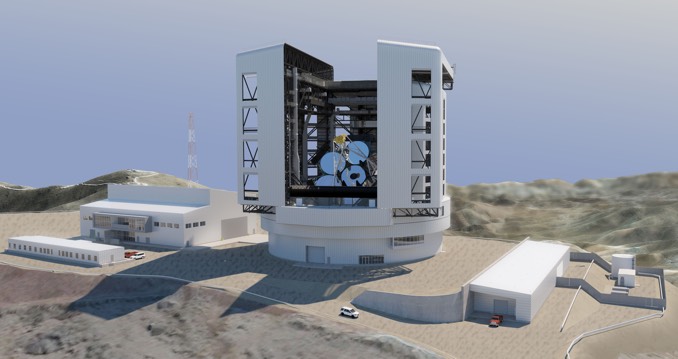The Giant Magellan Telescope has received a $17.5 million grant from the U.S. National Science Foundation to build testbeds and prototypes needed to verify the performance of the complex adjustment systems designed to keep the telescope’s seven 8.4-metre (27.6-foot) primary mirror segments “in phase.” That precise alignment is critical to ensuring the segments act in concert like a single 24.5-metre (80-foot-wide) mirror.
The grant also will help engineers prototype the seven even more complex deformable secondary mirrors that will determine the required phasing as well as compensate for atmospheric turbulence. With this state-of-the-art adaptive optics system, the Giant Magellan Telescope is expected to have a resolving power ten times greater than that of the Hubble Space Telescope when it achieves first light in 2029.
“Our seven adaptive secondary mirrors take this technology to the next step,” said Project Manager James Fanson. “No one has attempted to use seven ASMs before the Giant Magellan Telescope. They are probably the most advanced tech we have on the telescope, and their success is a top priority. We need to test and validate their performance early on in the project.”
The NSF grant will support development of two phasing testbeds, one adaptive secondary mirror and a primary mirror support system.
“Image quality on any telescope starts with the primary mirror,” said Fanson. “The Giant Magellan Telescope’s primary mirror comprises seven 8.4-metre mirror segments. To achieve diffraction-limited imaging, we have to be able to phase these primary mirror segments so that they behave as a monolithic mirror. Once phased, we must then correct for Earth’s turbulent atmospheric distortion.”
– Advertisement –
